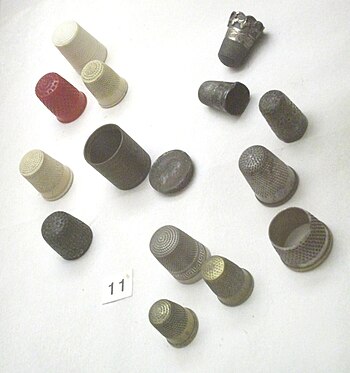In between some of my longer blog series I often like to do a blog about something that I think might be helpful to folks who are doing specific research. I was recently contacted by a person who was interested in finding out more information about Bohemia. She said that she was of Bohemian ancestry and was having problems finding good information on the area.
I admit, my knowledge of the old Soviet Bloc nations is considerably less than western Europe and other areas. So I looked it up online, and found myself immediately comparing a bunch of obscure and annoying maps of the general area. Many of the maps had no modern city names on them, and the use of different names for the same geographical locations made it more of a challenge. I found myself using the Baltic, Mediterranean and Black Seas as major landmarks. What I realized after a few moments of fumbling was that I had studied portions of the general area, but that I had approached it from a different angle than she was. I did not look for Bohemians, I looked for information on Slavs. I was aware that this was a tribal area, which probably had a much greater sense of “tribe” than Slav or Bohemian.
The research that I had found previously pointed me to Moravia and the Moravian Empire, and a rereading of the original request for help did mention an interest in the Slavs. Checking the dates associated with the area showed that Moravia existed between the time of the great Slavic Migration, which occurred between 450 and 550 AD and the annexation of the area by the Bohemian Empire in AD 973. And that explained everything! Most of the previous requests for information and temple rings that I had had were for earlier Slavic materials. Most of my later Slavic research (13th through 16th century) has been in the areas of Kiev and Novgorod. Then I went looking for information on the exact dates for the creation of Bohemia. Well, I found several sources that agreed that the Duchy of Bohemia was created in 870, but the contradictions between sources about the exact progression of political entities in the area reminded me that this was really NOT something that I was interested in, and had nothing to do with the point of this blog.
If you are interested in a particular group of people, figure out what the name of their ethnic group is, and skip as much of the later political designations as possible. When archaeologists study groups, they look at their ethnicity, not what country they lived in, and that is how their material will generally be catalogued. If you are looking for archaeological information you can then search for the nearest large museum online, and see if there is any information available. National Museums often have pages available in English, just look for the British Flag at the top of the page.
If you need a basic class in online research, I have an eleven part blog series on my website, called “Researching on the Cheap”. Just go to www.eirny.com and choose Nov 2014 in the drop down “Blog Archives” menu in the right column. You can easily reach all eleven episodes from there!


